By Tom Gibson
My wife no longer sneers at fuki. Fuki, also known as giant butterbur, is a vegetable, much prized by Japanese cooks in spring for its tender celery-like stalks.
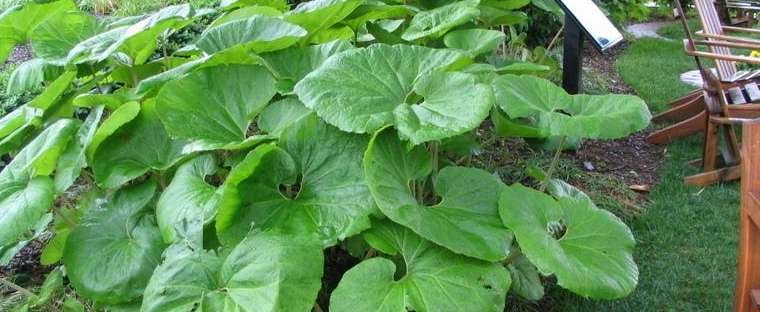 The simplest way to cook them is to steam, lightly peel, and then stir fry them with sesame oil. For me a passable side dish; for my wife not at all!
The simplest way to cook them is to steam, lightly peel, and then stir fry them with sesame oil. For me a passable side dish; for my wife not at all!
That’s unfortunate since I like giving space to fuki in my permaculture garden: a) it grows in damp, dark shade—a rarity among edible perennials and b) its broad leaves are striking and attractive and add an equally rare aesthetic dimension to permaculture.
The lack of household interest in fuki had me contemplating possible replacements. But the gift of a new cookbook (from my wife, who hasn’t given up yet on me and my experiments) has changed my mind. It’s Food From Your Forest Garden: How to Harvest, Cook, and Preserve Produce From Your Forest Garden, by the English Food Forest guru Martin Crawford and Caroline Aitken, who describes herself as an “eco-cook.” (https://www.amazon.com/Food-Your-Forest-Garden-Preserve/dp/0857841122)
We’ve tried three recipes from the book for several perennial vegetables so far; all are uncomplicated and tasty to make. They are also often exceptionally creative. Who, for example, would have thought of combining fuki, carrots and the juice and zest of an orange? Cooked together until the mixture carmelizes, the combination leads to a subtle result that my wife states “is good enough to serve to company.”
We also liked Crawford and Aitken’s approach to fiddlehead ostrich ferns.
They fry them in a simple batter and dip them in a yogurt sauce with parsley (we substituted lovage), capers and lemon juice. Very satisfying. The sweetness of the young fiddleheads comes through even set against the tangy sauce.
Finally, we tried Crawford and Aitken’s approach to ground nuts (apios americana, not to be confused with peanuts).
On their own, ground nuts have an engaging potato-legume-like taste. But the tubers’ high density diminishes their appeal. Cooked plain groundnut slices have a hard time absorbing even the most basic complementary flavors (even salt!). And chewing on the slices can seem a little cardboard-y. Crawford and Aitken solve the problem by grating their groundnuts and combining them with sweet Bermuda onion, egg, and flour. The result is a juicy, crunchy groundnut “burger.” Very, very good.
The book covers a wide range of perennial vegetables and fruit—nettles, skirret, quince, Turkish rocket, goji berries, etc. It thereby overcomes one of the key barriers to growing sustainable, earth-friendly edibles: their often total unfamiliarity. Why risk growing something when you may have to wait two to three years for harvestable crop without knowing if you’ll even like to eat what you grow?
The creative dishes presented by Crawford and Aitken still manage to fall within the taste-range of the normal Western diet. Nothing strange! Food cowards need not be afraid! The book is a worthy investment for any potential food forest gardener.
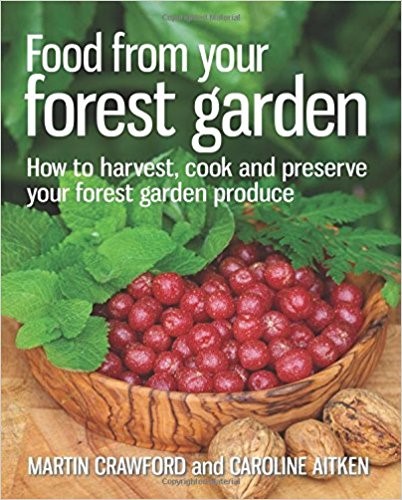
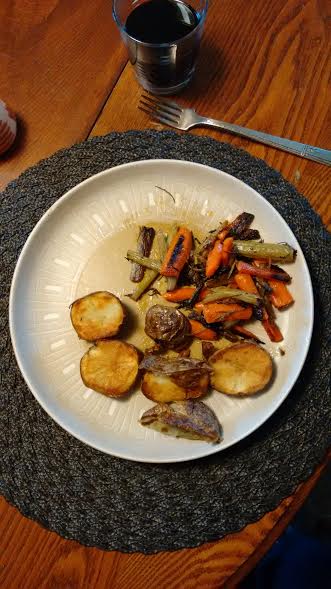
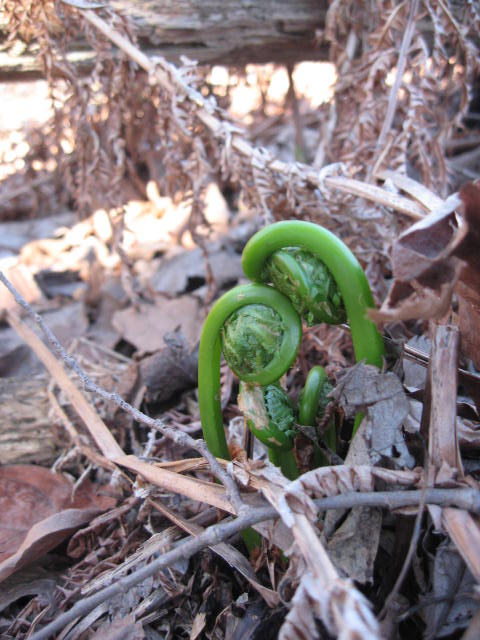
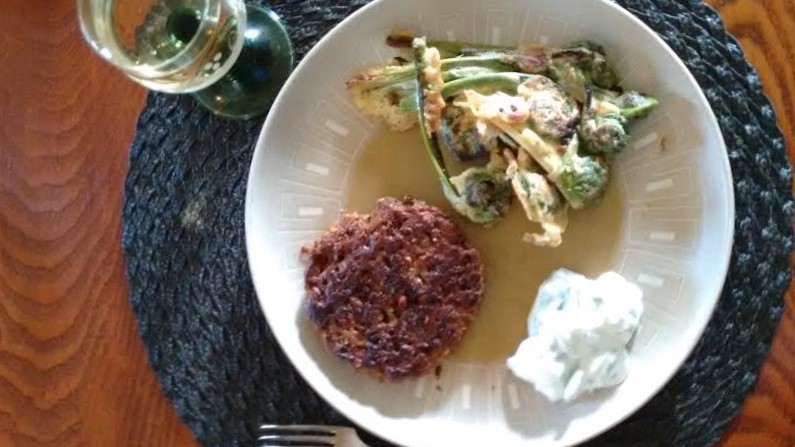
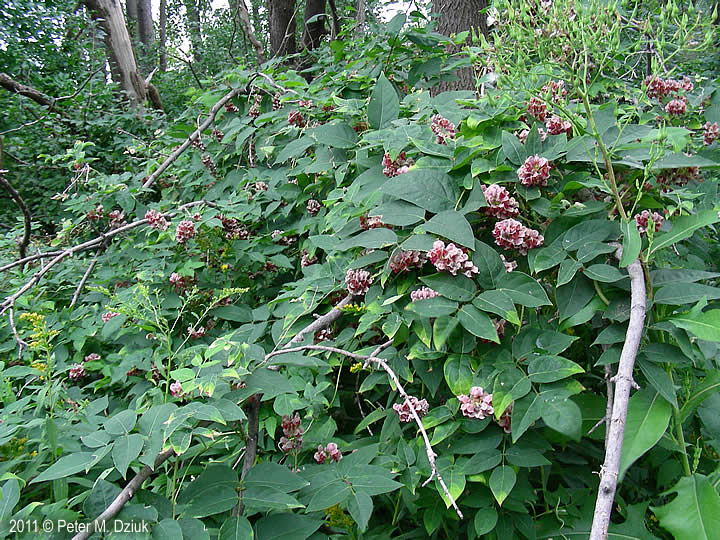

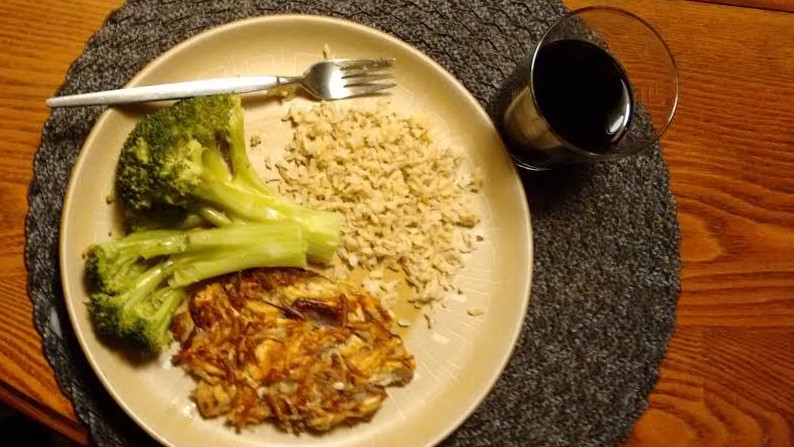
All those recipes sound great Tom!